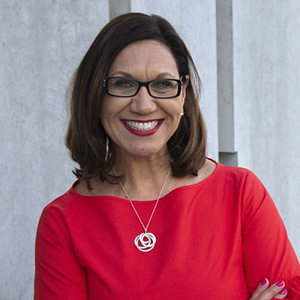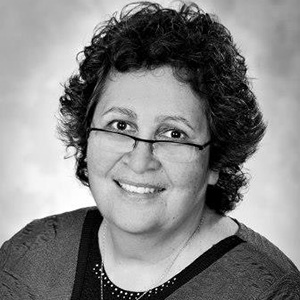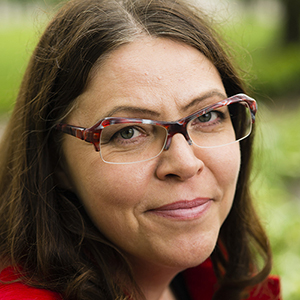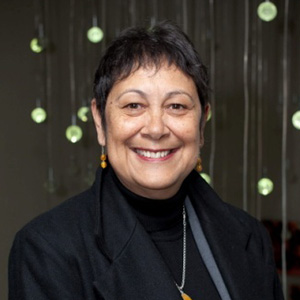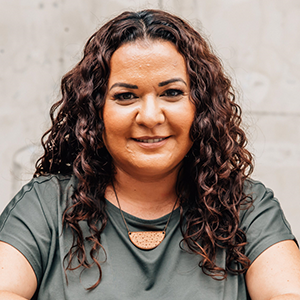Positioning is an important first step when introducing ourselves to others (Martin, 2008). Our individual positioning describes how we perceive the world and it has the power to influence how we then believe the world is socially constructed (Moreton-Robinson, 2013). When we position ourselves, we reveal who we are, where we come from and what influences our worldview thereby allowing others to understand where we stand and what our agenda is in any given circumstance. For example, Indigenous peoples first identify with their full name, their mob (eg: D’harawal, Dharug etc) and the Country they were raised on. Standpoint theory also asserts that the power and authority inherent in knowledge lies with the individual or group from whom that knowledge has arisen (Rolin, 2009). An individual may be aligned with numerous, even infinite, standpoints that can evolve and change as the lived experiences of the individual influences their beliefs and perspectives over a lifetime (Rolin, 2009).
&
References:
- Martin, Karen Lillian. Please Knock before You Enter : Aboriginal Regulation of Outsiders and the Implications for Researchers. Teneriffe, Qld: Post Pressed, 2008
- Rolin, Kristina. “Standpoint Theory as a Methodology for the Study of Power Relations.” Hypatia 24, no. 4 (2009): 218–226. https://doi.org/10.1111/j.1527-2001.2009.01070.x
&
PEOPLE AND IDEAS
&
TEXTS


- Matte Ager-McConnell, Rhiannon Brownbill, Roger Miranda Navarro. “ngiyanhi-gu ngidyi-galia.” Paradise Journal 1, (2022). https://www.paradise-journal.com.au/issues/issue-1-backyard/ngiyanhi-gu-ngidyi-galia
- Bodkin-Andrews, Gawaian, and Bronwyn Carlson. “The Legacy of Racism and Indigenous Australian Identity Within Education.” Race, ethnicity and education 19, no. 4 (2016): 784–807. https://doi.org/10.1080/13613324.2014.969224
AUDIO
&
&
Aileen Moreton-Robinson
Philosophy in the wake of Empire part 5: Tracks of thought. ABC Radio. 2019.
https://www.abc.net.au/radionational/programs/philosopherszone/tracks-of-thought/11745888
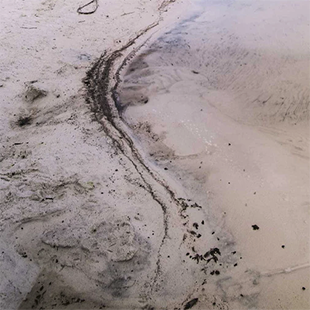

Dr Chelsea Bond (Watego)
Hey Aunty! Is Feminism For Us. Apple Podcasts. 2019.
https://www.abc.net.au/radionational/programs/philosopherszone/tracks-of-thought/11745888
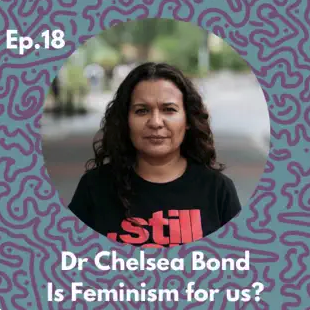
VIDEO
&
&
State Library Victoria. “Bruce Pascoe on Aboriginal culture and history.” November 16, 2017. YouTube. 41:05. https://youtu.be/qB1-oilD3IU.

&
&
WheelerCentre. “Broadly Speaking: Aileen Moreton-Robinson: 20th Anniversary of Talkin’ Up to the White Woman.” September 2, 2020. YouTube. 1:08:29. https://youtu.be/ooUCCF4M6mk.

Ngara was collaboratively created by Shannon Foster, Jo Kinniburgh (partners at Bangawarra), Amanda Harris, Christopher Coady and Laura Case.
Filming and video editing by Cornel Ozies, Iman Irannejad, additional video recording by Jodie Kell, additional video editing by Jade Guadalupe.
Original artwork by Shannon Foster.
Thanks to all participants: Rhiannon Brownbill, Chloe Ngelebe Ford, Emily Tyaemaen Ford, Payi Linda Ford, Shannon Foster, Amanda Harris, Eden Tjunggalamuriny Harkins-Ford, Jo Kinniburgh, Matte McConnell, Nathan Mudyi Sentance, Nardi Simpson, and Jacinta Tobin.
This resource was funded by One Sydney, Many People Project Funding from the University of Sydney’s Office of the Deputy Vice-Chancellor, Indigenous Strategy and Services.









